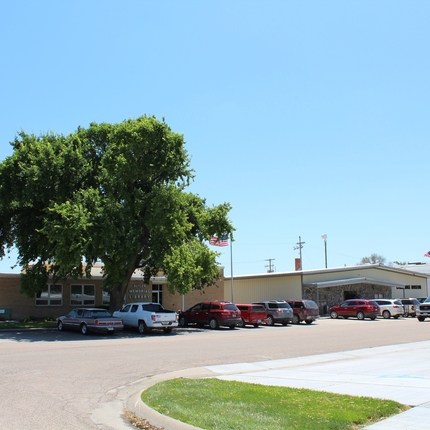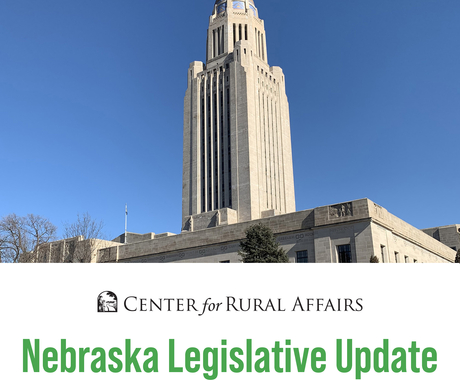By Jordan Rasmussen, former staff member
Tucked within the text of both the House and Senate’s bills to repeal and replace the Affordable Care Act is language which seeks to fundamentally change the Medicaid program. While the enactment of this legislation is unknown, the principle remains, and rural seniors would be hurt.
For rural states and regions that already encounter the health care challenges of an older, poorer and less healthy population, Medicaid allows access to care to remain for even those who are not enrolled under the entitlement.
In our nation’s rural areas, 15 percent of residents over the age of 65 are on Medicaid. Yet, 36 percent of total Medicaid expenditures pay for costs accrued by Medicare beneficiaries over the age of 65. Of this Medicaid spending for seniors, a significant portion covers long-term care costs – three in five nursing home residents.
Remove Medicaid from the payer source for rural seniors and entire communities are left to suffer. Nursing homes not only provide care to seniors but are major employers in rural communities. Without Medicaid reimbursements to cover the costs of care, closures and accompanying job losses would become yet another casualty of Medicaid cuts.
While the reliance upon Medicaid reimbursements to keep the doors of nursing homes open is not ideal, it is a reality for rural communities. Before Congress makes sweeping changes to Medicaid, senators and representatives need to step back and acknowledge the broader costs that will be paid just outside of the city limits.
Note: We sent this weekly column to Nebraska with state-specific numbers. If you have questions about numbers your state, please contact me.
In Nebraska’s rural counties, and comparable to the state as a whole, 10.2 percent of residents over the age of 65 are on Medicaid. Yet, 42 percent of total Medicaid expenditures pay for costs accrued by Medicare beneficiaries over the age of 65. Of this Medicaid spending for seniors, a significant portion covers long-term care costs – one in two nursing home residents.




